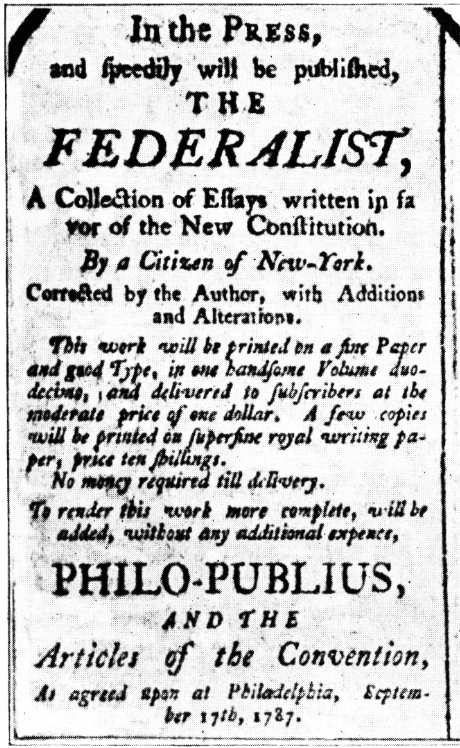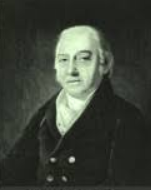Miscellaneous Powers of the Constitution - Federalist 43
Federalist 43 is unique among the Federalist Papers as it is a list of points instead of the usual essay.
This piece covers the ‘Miscellaneous Powers’ of the United States Constitution.
Here, I have followed James Madison’s format but made everything a bit more brief and digestible.
Federalist #43
January 23, 1788
James Madison
In Federalist #43 James Madison reviews what he considers the ‘Fourth Class’ of powers granted by the Constitution to the National Government.
There are nine of these, which he also classifies as ‘Miscellaneous Powers,’ each of which are given various lengths of discussion.
We will follow Madison’s method for this Paper and review each power in bullet points.
1. Copyrights and Patents
Madison points out that copyrights and patents had long been accepted in English common law, as well as being established by multiple States.
2. Capital
Naturally, every Government needs a Capital. Federalist #43 points out that the Constitution will, with permission of the States, establish a city which will be entirely regulated by the Federal Government.
3. Treason
The only crime specifically outlined in the Constitution is for treason. This was done to make sure the Federal Government could not abuse its power by wantonly accusing people of treason as had been done in the monarchies of Europe.
4. New States
The Federal Government was to take control of admitting new States into the Union. This was a power held by the Articles of Confederation, but Madison points out that the Constitution prohibits things like creating New States out of territory within preexisting ones.
5. Controlling Territories
Another carryover from the Articles of Confederation, the Constitution gives control of territories which are not yet States.
6. Protecting States
This power receives the longest justification in Federalist 43. Madison explains that the Constitution will protect each State from invasion as well as domestic insurrection. His reasoning is similar to lengthy points made in earlier Papers by Alexander Hamilton.
7. Existing Debts
The Constitution was to accept all debts incurred during the Revolutionary War and under the Articles and pay them off as if they were made under the new Federal Government.
8. Amendments
The Federal Government was given the ability to be amended by agreement by 75% of the States to make necessary, unforeseeable changes.
9. Ratification
It is a bit surprising that Madison included the method by which the Constitution was to be ratified as a ‘power.’ However, this seems like an appropriate time for him to briefly justify why ratification was left to conventions of the people instead of just the thirteen States. Madison believed this was the only proper way to create a new, republican government...by giving the decision to the citizens themselves.
I publish Federalist summaries every Friday.
If you’ve missed on, you can catch up here.
There are tons of books about the creation of the US Constitution.
My favorite, by far, is ‘Plain, Honest Men’ because it goes into depth on the lives of the Founders outside of Independence Hall while they stayed in Philadelphia during the Summer of 1787.
If you’d like a copy you can get it through the Amazon affiliate link below (you’ll support this site, but don’t worry, Amazon pays me while your price stays the same).
Get fun American Revolution articles straight to your inbox every morning.
Subscribe to my email list here.
You can also support this site on Patreon by clicking here.






